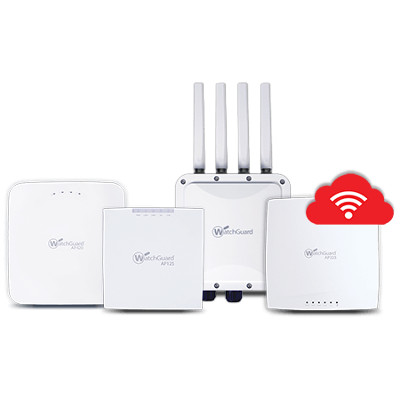News
WFH? Now is the Time to Retain Control of Your Wi-Fi Network
 The last few weeks have been “interesting” to say the least. The global COVID-19 pandemic has forced much of the workforce to work remotely to help slow the spread of the disease. Working from home can introduce security concerns related to Wi-Fi. With more employees working from home comes the increased vulnerability of people using Wi-Fi, and there is not enough education about the very real threats they’re up against and the need for Wi-Fi security standards.
The last few weeks have been “interesting” to say the least. The global COVID-19 pandemic has forced much of the workforce to work remotely to help slow the spread of the disease. Working from home can introduce security concerns related to Wi-Fi. With more employees working from home comes the increased vulnerability of people using Wi-Fi, and there is not enough education about the very real threats they’re up against and the need for Wi-Fi security standards.
Now is the time to retain control of your Wi-Fi. I picked up my phone and called Ryan Orsi, director of product management for Wi-Fi at WatchGuard, over FaceTime. He knows Wi-Fi inside out so who else can help provide helpful guidance on keeping your Wi-Fi secure if not him?
Here is a recap of our conversation:
Milena Babayev: I can only imagine how IT departments are being flooded right now with remote worker tickets and most likely don’t have the visibility into their network or device. What do you recommend IT departments do during this time?
Ryan Orsi: Send employees AP225W access points (APs) that are pre-configured with all the necessary security policies. All remote employees have to do is just plug the AP into their home cable modem or router. This will give IT visibility into client performance and network so they can better support the remote workforce and will keep employees secure 24/7 from harmful Wi-Fi hacks.
MB: We’ve been talking a lot lately on how crucial it is for organizations to enable a Trusted Wireless Environment. If sending every employee the AP225W is not an option, is there a way for remote workers to stay safe and keep Wi-Fi hackers away?
RO: Absolutely. Here are some steps you can take at home today to ensure that your Wi-Fi is safe:
- Connect to your company’s network via VPN (virtual private network).
- Change the SSID (service set identifier) in your home cable model or router to ‘hide’ to keep Wi-Fi hackers away.
- Use WPA2, or if you can, WPA3-protected modem/router.
- Change the password to your Wi-Fi network frequently. Don’t use the default settings.
- Create a guest network for people in your household, so that they can connect to it without getting access to your company’s network.
MB: Since we’re talking about Wi-Fi security, why do you think the Wi-Fi industry has not adopted any standards around Layer 2 security?
RO: Most all the demand over the last twenty years has been for connectivity and performance. The industry isn’t going to build something if they don’t think their market wants it. I definitely want this to change and I think vendors that normally compete need to come together and design new security into the Wi-Fi standard that solves these hacking problems for the average person without them having to take additional steps beyond what they do today: tap or click to connect.
MB: What can we do today to help build the future of secure Wi-Fi standard across the world?
RO: Everyone can join the Trusted Wireless Environment movement and advocate for global security standard for Wi-Fi. Visit www.TrustedWirelessEnvironment.com today!
